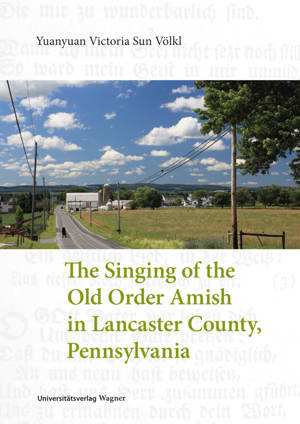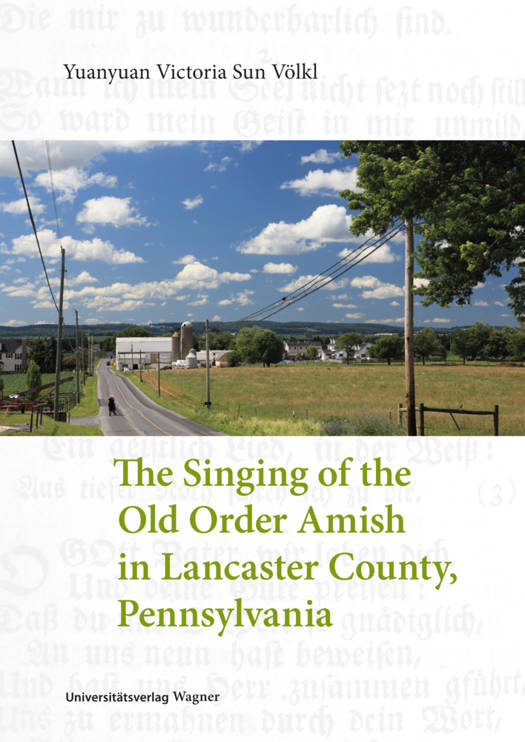
Je cadeautjes zeker op tijd in huis hebben voor de feestdagen? Kom langs in onze winkels en vind het perfecte geschenk!
- Afhalen na 1 uur in een winkel met voorraad
- Gratis thuislevering in België vanaf € 30
- Ruim aanbod met 7 miljoen producten
Je cadeautjes zeker op tijd in huis hebben voor de feestdagen? Kom langs in onze winkels en vind het perfecte geschenk!
- Afhalen na 1 uur in een winkel met voorraad
- Gratis thuislevering in België vanaf € 30
- Ruim aanbod met 7 miljoen producten
Zoeken
The Singing of the Old Order Amish in Lancaster County, Pennsylvania
Yuanyuan Victoria Sun Völkl
€ 39,45
+ 78 punten
Omschrijving
For the Old Order Amish, singing together is a heartfelt expression connecting the earthly world with eternity. It involves all members and bonds the community, providing mutual support, comfort, and strength. This book focuses on two major types of Amish singing in Lancaster County, Pennsylvania, particularly during worship services, youth singings, and weddings, which are mostly not open to outsiders. Slow-tunes from the sixteenth-century hymnal Ausbund, sung at church, change little and are consistent, acting as the guardian of faith that sustains the Amish way of life. Fast-tunes, sung at youth singings and weddings, show more complex variations, reflecting changes and diversity in Amish society under modern influences. The Amish have compiled notation books since the 1980s to preserve their slowtune tradition. They have introduced singing classes and learning musical notation since the 1990s. Today, the Ausbund hymns are sung slowly with many additional notes, although they were initially set to metrical tunes. Using historical research, musical analysis, and studying current practices, the author proposes a theory on how slow-tunes came into today's form. She searches for Amish guiding principles for musical choices and the social ideals embedded in their way of singing.The author visited the Lancaster Amish from 2008 to 2014 and lived among them for a year between 2011 and 2012, participating in their daily life and learning slow-tunes from the Amish lead singers.
Specificaties
Betrokkenen
- Auteur(s):
- Uitgeverij:
Inhoud
- Aantal bladzijden:
- 192
- Taal:
- Duits
- Reeks:
- Reeksnummer:
- nr. 10
Eigenschappen
- Productcode (EAN):
- 9783703065583
- Uitvoering:
- Hardcover
- Afmetingen:
- 170 mm x 240 mm

Alleen bij Standaard Boekhandel
+ 78 punten op je klantenkaart van Standaard Boekhandel
Beoordelingen
We publiceren alleen reviews die voldoen aan de voorwaarden voor reviews. Bekijk onze voorwaarden voor reviews.









